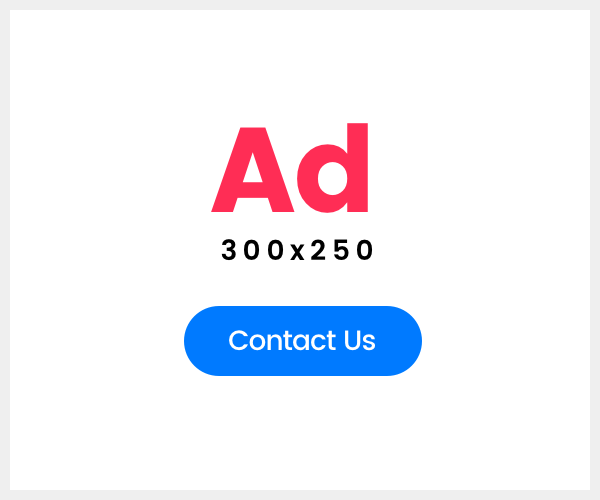Introduction: A Giant Leap Toward Solar Breakthrough
Imagine powering your home with a single ultra-efficient solar panel. This is no longer a dream. China has broken yet another world record in solar innovation. With its new ultra-efficient solar panel, the future of green energy is evolving faster than expected.
In this blog post, you’ll discover how China achieved this milestone, what it means for global solar trends, and how technologies like HIBC solar cell technology are reshaping energy efficiency. We’ll also discuss the implications for hotter climates, what this means for top brands like Longi, and the future of solar energy in China.
What Makes This Solar Panel Ultra-Efficient?
Unveiling the Technology Behind the Record
The new solar panel, developed using Hybrid Interdigitated Back Contact (HIBC) solar cell technology, boasts a conversion efficiency of 27.09%. This surpasses all previous industry records and sets a new global benchmark.
According to PV Tech, these panels minimize energy loss through innovative cell design, allowing more sunlight to be captured and converted into power. It’s not just efficient—it’s groundbreaking.
Why Does Efficiency Matter?
- Higher efficiency means more power in smaller spaces.
- It lowers the cost per watt over time.
- It increases solar adoption in urban and space-constrained areas.
This matters significantly for homeowners, industries, and governments looking to maximize return on solar investments.
The Role of Longi and the 700W Benchmark
Longi’s 700W Module: A Powerhouse
One of the key players in this revolution is Longi, a Chinese company known for pushing the limits of solar module power. Their Longi solar panel 700W set a high standard before the latest ultra-efficient breakthrough.
Longi’s innovations, especially in high-output modules, have made large-scale solar farms more viable. It’s easy to see how these ultra-efficient modules could be the next major upgrade, with Longi leading the charge in the industry’s evolution.
Learn more from Longi’s official press releases.
Ultra-Efficient Solar Panels in Hot Climates
Are They Suitable for High Temperatures?
Absolutely. The new ultra-efficient solar panel is designed to perform even in extreme heat. This is especially important for countries in South Asia, Africa, and the Middle East, where high temperatures can often hinder solar panel performance.
The panel’s thermal tolerance, with lower temperature coefficients, higher energy yields in hot weather, and better durability under sunlight stress, makes it a promising solution for these regions.
If you’re looking for the best solar panels for hot climates, thermal tolerance is key. Panels using HIBC cells have:
- Lower temperature coefficients
- Higher energy yields in hot weather
- Better durability under sunlight stress
Transitioning to Solar in Hot Regions
Governments in hot regions can now adopt these panels to reduce grid strain and energy costs. This transition could significantly benefit countries like Pakistan, Saudi Arabia, and Egypt.
Global Implications: Future of Solar Energy in China
China’s Role in Green Energy Leadership
China’s investment in clean energy has positioned it as a global solar leader. The future of solar energy in China is bright, both literally and figuratively by 2030, China aims to have solar power supply over 20% of its national electricity.
With advancements like the ultra-efficient solar panel, they are well on track to achieve this goal and continue leading the way in the global solar market.
By 2030, China aims to have solar power supply over 20% of its national electricity. With advancements like the ultra-efficient solar panel, they are well on track.
International Ripple Effects
Countries globally are expected to follow suit:
- Europe could adopt these high-efficiency panels to meet its climate goals.
- The U.S. solar market might re-evaluate its technology supply chains.
- Developing nations may finally access affordable, high-output solutions.
Trends and Forecasts: High-Efficiency Solar Panels 2025
Where Are We Headed Next?
As we approach 2026, high-efficiency solar panels 2025 are becoming the standard. Expect to see:
- Wider use of HIBC technology
- Rise in bifacial and tandem solar panels
- Lower cost per watt through advanced manufacturing
Analyst Projections
solar panel prices could drop by 30% over the next three years. Efficiency, however, will increase by 10-15% – According to BloombergNEF
Frequently Asked Questions (FAQ)
Q. What is the efficiency of the new ultra-efficient solar panel?
The panel has a certified efficiency of 27.09%, the highest in the industry as of 2025.
Q. What makes HIBC solar cell technology special?
It reduces electrical loss and increases light absorption through its unique back-contact design.
Q. Are these panels commercially available?
Currently, they are in pilot production stages, with large-scale manufacturing expected by early 2026.
Q. Can they be used in residential homes?
Yes. Once released, homeowners will benefit from more power in fewer panels.
Conclusion: Are We Ready for a Solar Revolution?
China’s achievement is more than just a technological record. It’s a step toward a cleaner, more efficient future. The ultra-efficient solar panel stands as a symbol of what’s possible when innovation meets purpose.
Will you be ready when these panels reach your market? Let us know in the comments. Bookmark nomiBlog.com for the latest in technology.
More from Industries
Grok 3 is Here: Elon Musk’s xAI Breakthrough
Elon Musk’s xAI Launches has introduced Grok 3, which the company claims is its most powerful artificial intelligence model so …
Top Billionaire Losses from Trump’s Global Tariff Shock
Global Tariffs Rock Financial Markets On Wednesday, Billionaire Losses from Trump Tariffs President announced a sweeping new global trade policy: a …
















